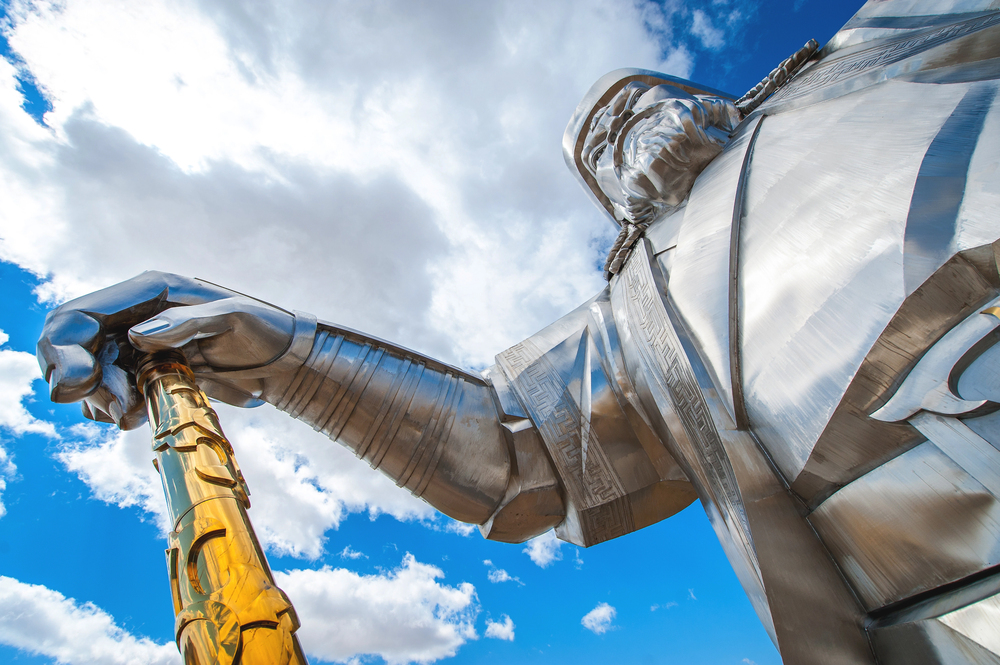How Women’s Roles Evolved Over Centuries in Different Cultures
Vivian Black
2025-09-20
6 min read

The roles of women throughout history have been dynamic and deeply influenced by their specific cultural and historical contexts. From being revered goddesses in ancient times to fighting for equal rights in the modern era, the evolution of women’s roles offers a fascinating glimpse into the shifting fabric of societies. By understanding how these roles have changed over centuries across different cultures, we gain a deeper appreciation for the complex interplay between tradition, power, and identity.
Women in Ancient Societies
Historical records reveal that ancient societies often held women in high regard, depending on their cultural context. For instance, in Egyptian civilization, women experienced remarkable rights and responsibilities. They could inherit property, initiate divorces, and run businesses. Figures like Hatshepsut, a female Pharaoh who reigned for over two decades, exemplify the respect women could command during this era. Similarly, Greek mythology is filled with powerful goddess archetypes like Athena, the goddess of wisdom, indicating that strength and intelligence were qualities tied to the feminine in some narratives. However, the societal roles of real-life women in ancient Greece were starkly different. Most Greek women were confined to domestic duties, with scant participation in public life or decision-making processes. Meanwhile, in ancient India, women were celebrated as nurturing forces and embodiments of divine energy. The concept of Shakti, describing feminine power as critical to cosmic balance, reflects this reverence. Yet with time, patriarchal norms subdued many of these liberties, leading to a decline in their public roles.
Women in the Middle Ages
The medieval period was marked by contrasting depictions of women, often dependent on their social class and regional practices. Europe witnessed the rise of noblewomen who managed estates and wielded significant behind-the-scenes power. Figures like Eleanor of Aquitaine not only influenced politics but reshaped perceptions of female leadership. However, among the general population, the emphasis on religious obedience often shaped the lives of women. Christianity’s teachings in Europe underscored virtues like chastity and submission. Many women managed households and bore children while taking up roles as caregivers. Monasteries also provided women unique opportunities for education and leadership within faith communities during this era. Elsewhere in the world, such as in feudal Japan, women played significant albeit restricted roles. Samurai women were respected for their loyalty and even trained in martial arts for household defense. Nevertheless, most women's lives revolved around domestic responsibilities, reflecting societal expectations of limited public participation.

Women’s Changing Roles Through the Industrial Era
Fast forward to the 18th and 19th centuries, the Industrial Revolution brought monumental shifts in societal structure. For many women, this era symbolized both opportunity and oppression. Factories brought women into the workforce in unprecedented numbers, producing textiles and increasingly participating in industries like coal mining or manufacturing. While work outside the home signaled evolving roles, the conditions were far from equitable. Women received significantly lower wages than men and were barred from meaningful decision-making positions. Despite these challenges, this period sowed the seeds for reform movements that would ultimately redefine gender norms. The suffrage movement gained traction during this time, particularly in Western nations. Landmark achievements like women securing the right to vote in countries such as New Zealand (1893) and the United States (1920) demonstrated growing strides toward gender equality.
Women in Modern Times
The 20th century ushered in dramatic changes to women’s roles, largely driven by global events such as World Wars and the feminist movement. During World War II, women assumed responsibilities previously reserved for men, including manufacturing weapons and running businesses while men were at war. Iconic imagery like “Rosie the Riveter” underscored a shift in how society regarded women’s capabilities. The feminist movements of the 1960s and 1970s dismantled longstanding gender stereotypes, advocating for workplace rights, reproductive freedom, and an end to gender-based violence. Representation improved dramatically in fields like politics, education, and the arts. Cultural leaders like Indira Gandhi (India’s first female prime minister) and Simone de Beauvoir (a pioneering feminist writer) inspired generations around the globe. Today, women play diverse roles as CEOs, world leaders, astronauts, and Nobel laureates. However, challenges such as the gender pay gap, workplace harassment, and continued struggles for representation in traditionally male-dominated fields highlight that progress varies regionally. Intersectionality has also become a crucial lens, acknowledging the additional barriers women of color, LGBTQ+, and differently-abled women face.
Cultural Nuances in Women’s Progress
While substantial global progress has been made, cultural differences remain profound in defining women’s roles. Scandinavian nations like Norway and Sweden rank high in gender equality indices due to progressive policies like parental leave and workplace equality. On the other hand, certain parts of the Middle East and South Asia remain steeped in traditional gender norms that present barriers for women in leadership, education, and career pursuits. The challenges faced in these regions often intersect with cultural traditions, religious practices, and socio-economic factors. For example, in rural areas of developing nations, access to education for girls continues to be a pressing issue. Organizations advocating for female empowerment play pivotal roles in bridging these gaps.
Looking Ahead Women’s Future
The ongoing march for equality demands collective resolve and informed action. Governments, private institutions, and individuals alike must work toward creating more equitable environments. Access to education for girls, inclusive representation in policymaking, and fair workplace policies must remain focal points. Encouragingly, technology increasingly provides platforms for women empowerment. From online learning tools enabling education in underserved areas to campaigns amplifying voices on social media, digital resources are bridging gaps between tradition and progress. By understanding where we’ve been and recognizing the work still left to do, we can envision a future where gender equality is more than just an aspiration. The past illustrates that progress is possible—even in the face of entrenched structures. Together, we can create a world where all individuals, regardless of gender, have the opportunity to thrive.



